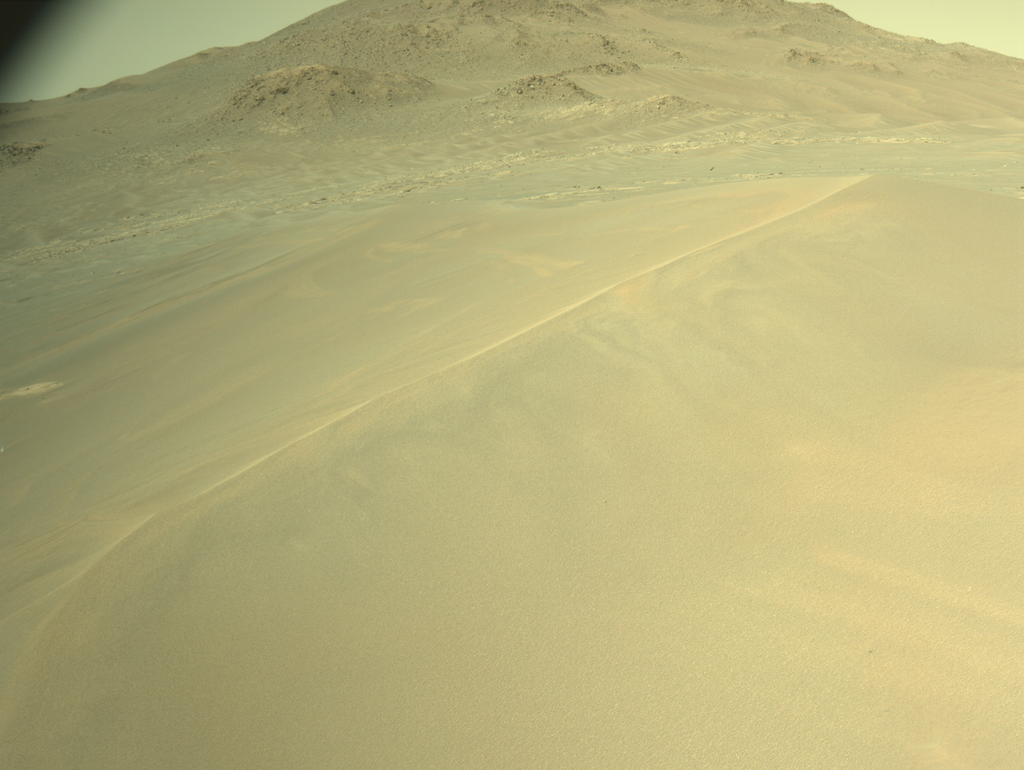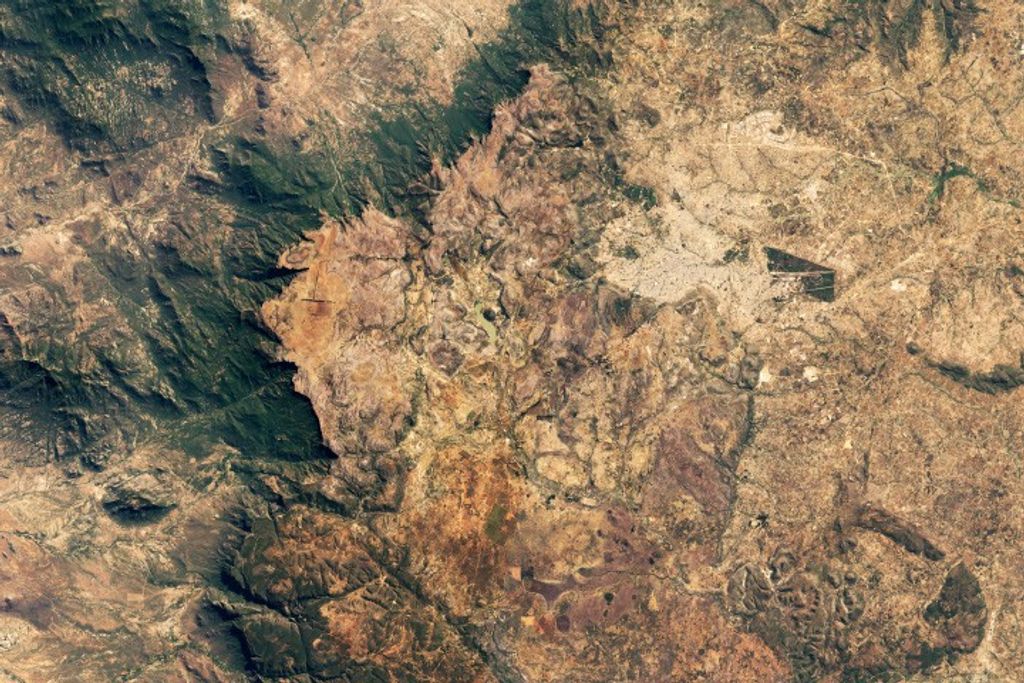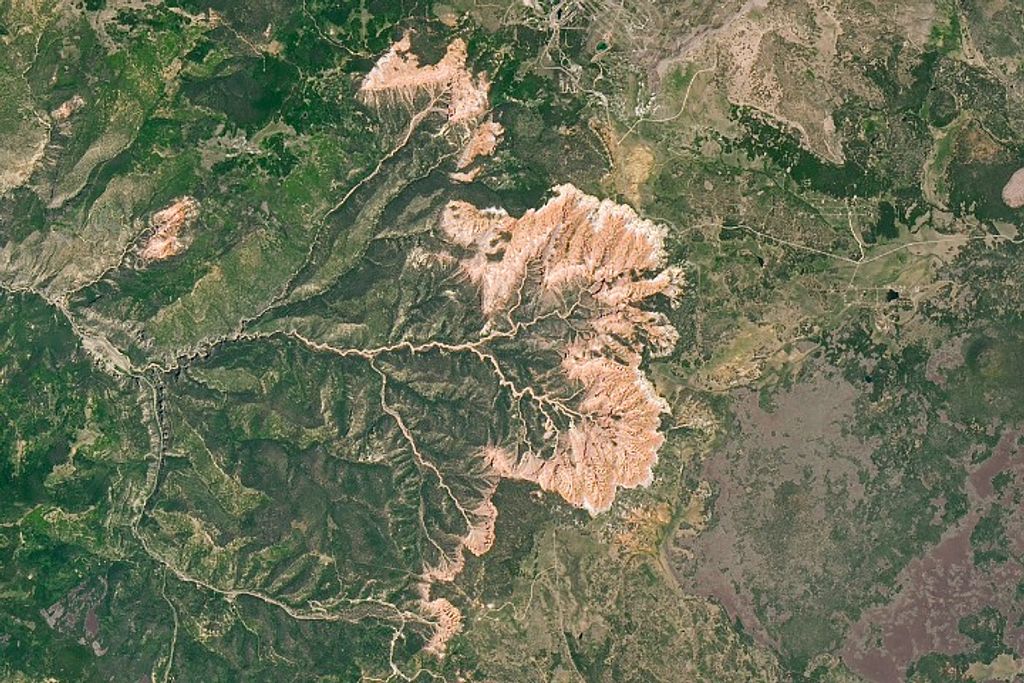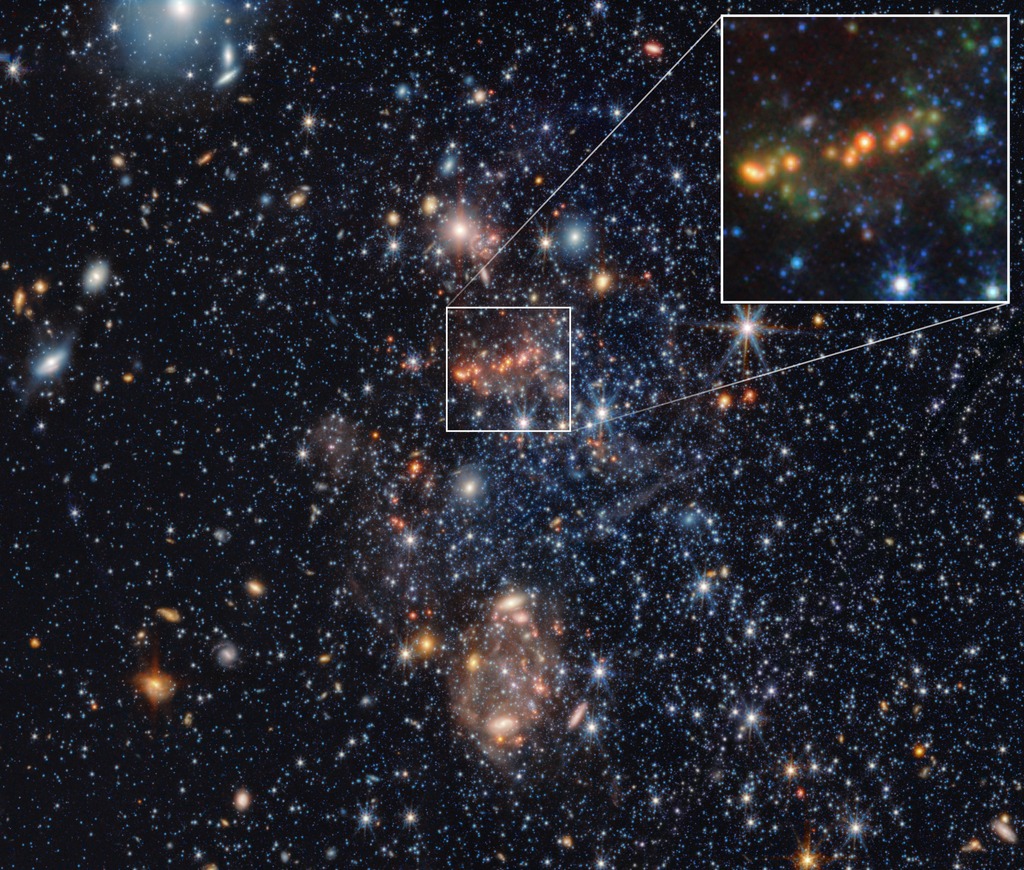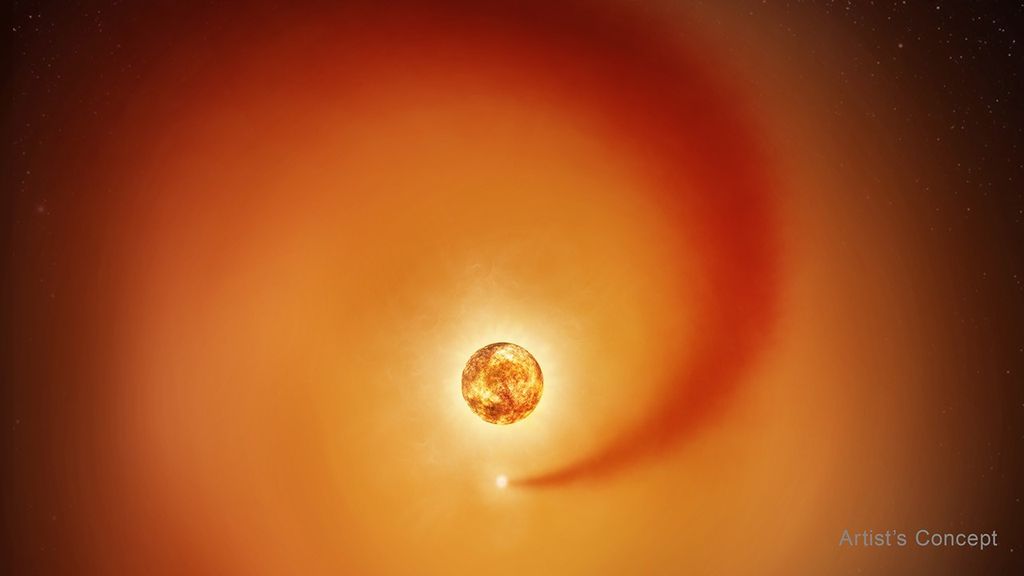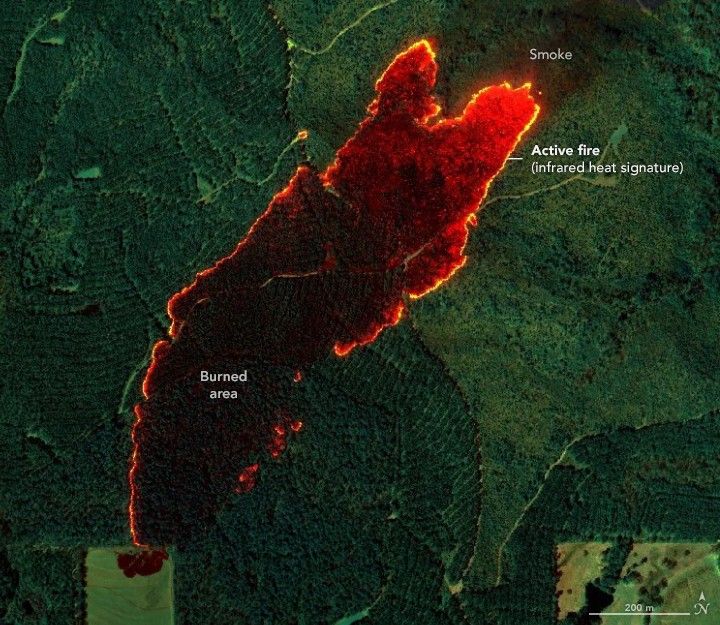Methane - Earth Indicator
Key Takeaway:
Methane is a potent heat-trapping greenhouse gas. The amount of methane in the atmosphere has increased in recent decades as observed by scientific measurements. An estimated 60% of today’s methane emissions are the result of human activities.
Latest Measurement
1935 ppb
Latest Measurement Date
January 2025
Methane Basics
Methane (CH4) is a potent greenhouse gas and is the second-largest contributor to Earth's warming after carbon dioxide (CO2). A molecule of methane traps more heat than a molecule of CO2, but methane has a relatively short lifespan of 7 to 12 years in the atmosphere. CO2 can persist for hundreds of years or more.
Methane comes from both natural sources and human activities. An estimated 60% of today’s methane emissions are the result of human activities. The largest sources of methane are agriculture, fossil fuels, and decomposing landfill waste. Natural processes account for 40% of methane emissions, with wetlands being the largest natural source. (Learn more about the Global Methane Budget.)
The graph shows methane concentrations in the atmosphere starting in 1983, as measured by NOAA from a globally-distributed network of air sampling sites. The data is the latest available and is updated quarterly to annually. The second graph extends the record of methane concentrations back to the year 1010, based on ice core samples from Antarctica and Greenland.
The concentration of methane in the atmosphere has more than doubled over the past 200 years. Scientists estimate that this increase is responsible for 20% to 30% of Earth’s warming since the Industrial Revolution (which began in 1750).
The NASA visualization shows the complex patterns of methane emissions around the globe and throughout the seasons. It shows methane emissions in 2018, based on data from satellites, inventories of human activities, and NASA atmospheric models.
How Does NASA Track Methane
Although it’s relatively simple to measure the amount of methane in the atmosphere, it’s harder to pinpoint where it’s coming from. NASA scientists are using several methods to track methane emissions.
One tool that NASA uses is the Airborne Visible InfraRed Imaging Spectrometer-Next Generation, or AVIRIS-NG. This instrument, which gets mounted onto research planes, measures light that is reflected off Earth’s surface. Methane absorbs some of this reflected light. By measuring the exact wavelengths of light that are absorbed, the AVIRIS-NG instrument can determine the amount of greenhouse gases present.
NASA added the Earth Surface Mineral Dust Source Investigation (EMIT) instrument to the International Space Station in 2022. Though built principally to study dust storms and minerals, researchers found that it could also detect large methane sources.
These aircraft and satellite instruments are finding methane rising from oil and gas production, pipelines, refineries, landfills, and animal agriculture. In some cases, these measurements have led to leaks being fixed, including suburban gas leaks and faulty equipment in oil and gas fields.
The Arctic is one region with many natural sources of methane, including wetlands, lakes, and thawing permafrost. NASA’s Arctic Boreal and Vulnerability Experiment, or ABoVE, has been measuring methane coming from natural sources like thawing permafrost in Alaska and Canada.



